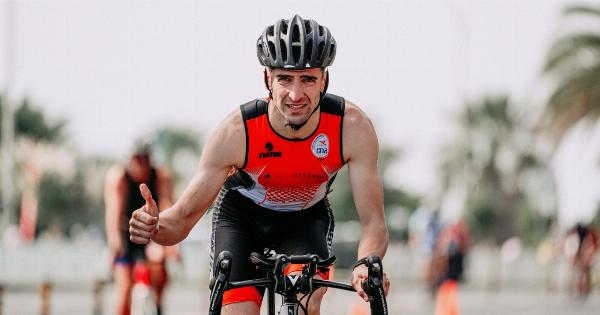Road cycling is a popular sport enjoyed by millions of people around the world. It offers numerous physical and mental health benefits and is an excellent way to stay fit and active.
However, like any sport, road cycling also has potential impacts on the body, including bone health. A recent study sought to investigate the impact of road cycling on bone density and shed light on the potential risks and benefits associated with this sport.
Understanding Bone Density and Its Importance
Bone density refers to the amount of mineral matter per square centimeter of bones. It is a crucial indicator of bone health and strength.
Healthy bone density ensures a lower risk of fractures, improves overall mobility, and supports better quality of life.
The Study and Methodology
The study conducted by a group of researchers aimed to assess the bone density of road cyclists and compare it with non-cyclists.
The research involved a sample size of 200 participants, of which half were regular road cyclists, and the other half were non-cyclists of similar age, sex, and activity levels.
The researchers used dual-energy X-ray absorptiometry (DXA) scans to measure bone mineral density (BMD) in both groups. DXA scans provide precise and reliable measurements of BMD and are considered the gold standard for assessing bone health.
Findings and Results
The study revealed some interesting findings regarding the impact of road cycling on bone density:.
1. Cyclists Had Lower Bone Density in the Spine
One notable finding was that road cyclists had lower bone density in the lumbar spine (lower back) compared to non-cyclists. This might be due to the seated position adopted while cycling, which places minimal stress on the spine.
2. Cyclists Had Higher Bone Density in the Lower Body
Contrary to the lower bone density in the spine, cyclists had higher bone density in the hips, thighs, and legs. The repetitive loading and impact during pedaling may stimulate bone growth and density in these areas.
3. Impact of Age on Bone Density
Both groups showed a decline in bone density with increasing age, as expected. However, the decline was more pronounced in non-cyclists compared to cyclists. This suggests that road cycling may have a protective effect on bone health as individuals age.
4. Considerations for Female Cyclists
Female cyclists, particularly those with low body weight and irregular menstrual cycles, are at greater risk of developing low bone density and osteoporosis.
The study highlighted the importance of nutrition, hormonal health, and regular screenings for female cyclists to monitor their bone health.
5. Importance of Resistance Training
The researchers found that road cyclists who incorporated resistance training into their routine had higher bone density across all regions compared to cyclists who solely focused on riding.
Resistance training, such as weightlifting or bodyweight exercises, stimulates bone growth and should be encouraged for cyclists.
6. Implications and Recommendations
The study’s findings suggest that road cycling, while providing numerous health benefits, can impact bone density in specific regions of the body. To maintain optimal bone health, cyclists should consider the following recommendations:.
– Incorporate weight-bearing exercises and resistance training into their cycling routine.
– Ensure adequate calcium and vitamin D intake.
– Regularly monitor bone density through DXA scans, especially for female cyclists or those at higher risk.
– Seek guidance from a healthcare professional or a sports nutritionist for personalized advice.
Conclusion
Road cycling is a popular sport that offers numerous physical and mental health benefits. While it may have some impact on bone density, especially in the spine, cyclists can take proactive measures to maintain and improve bone health.
By incorporating resistance training, monitoring nutrition, and regularly assessing bone density, cyclists can continue to enjoy the sport while safeguarding their bone health.































